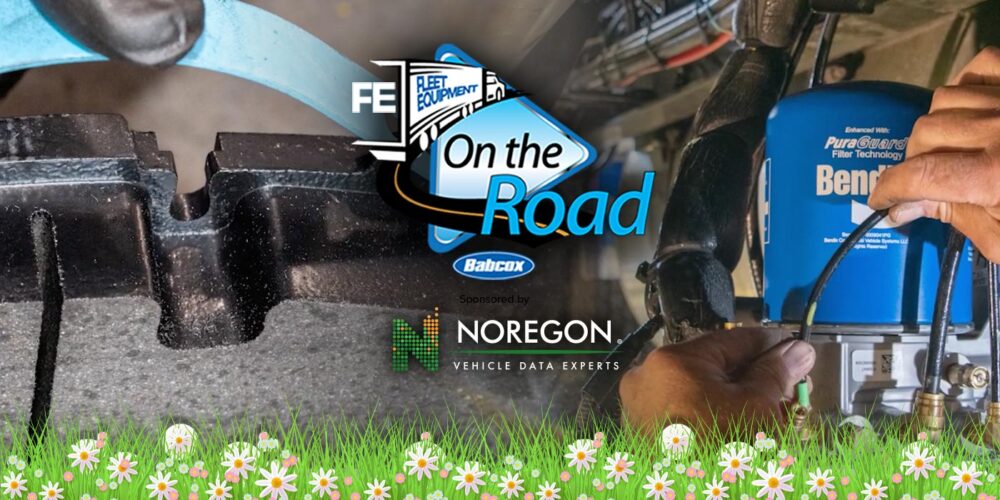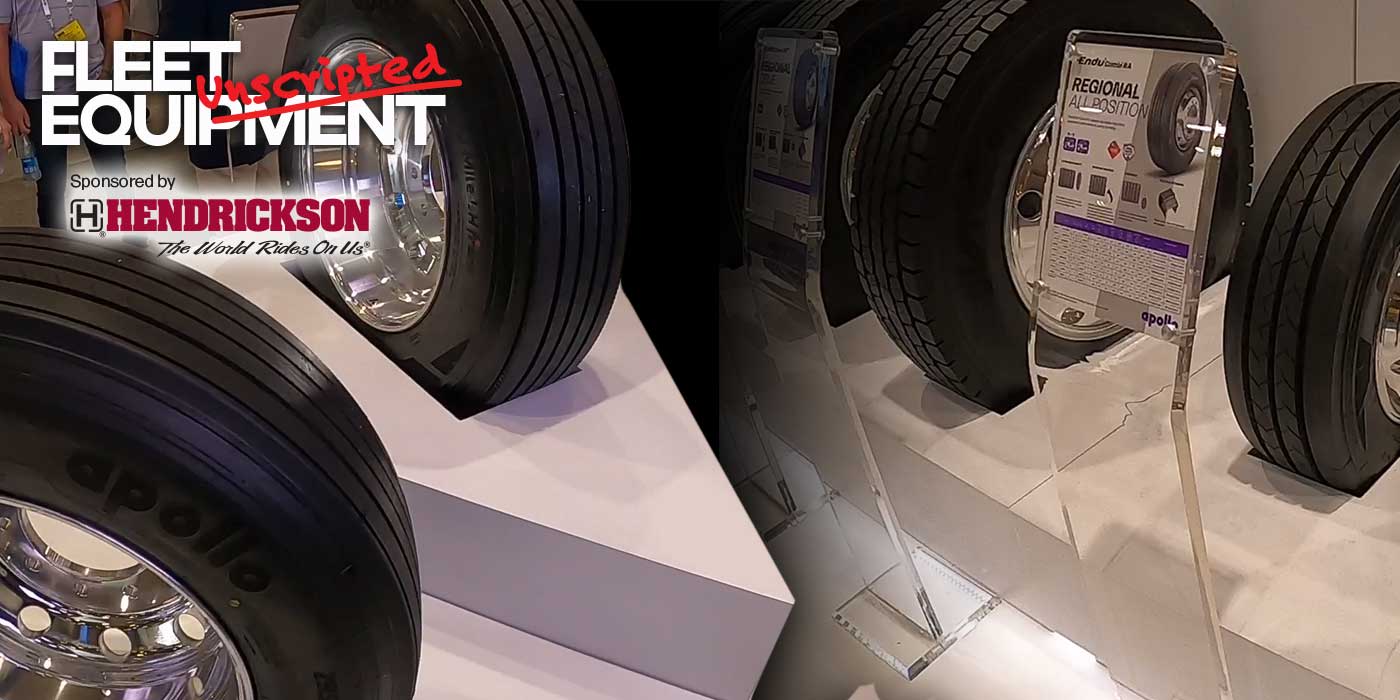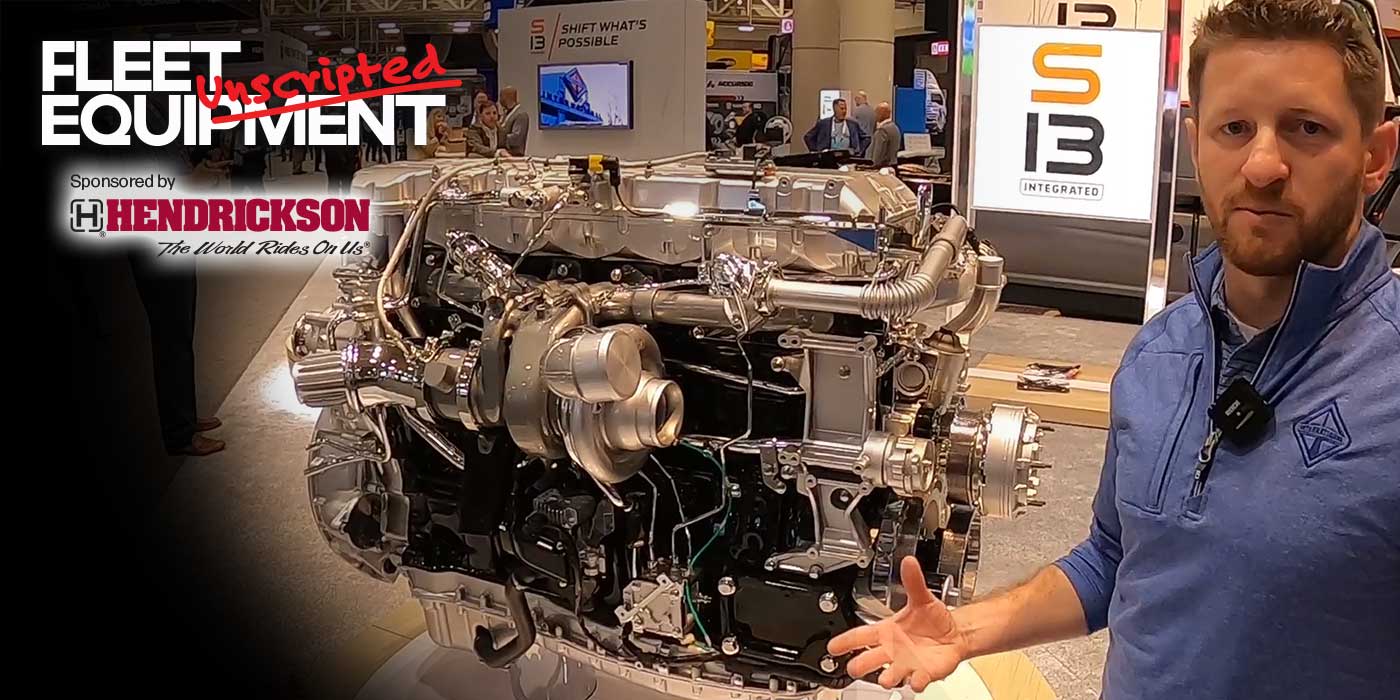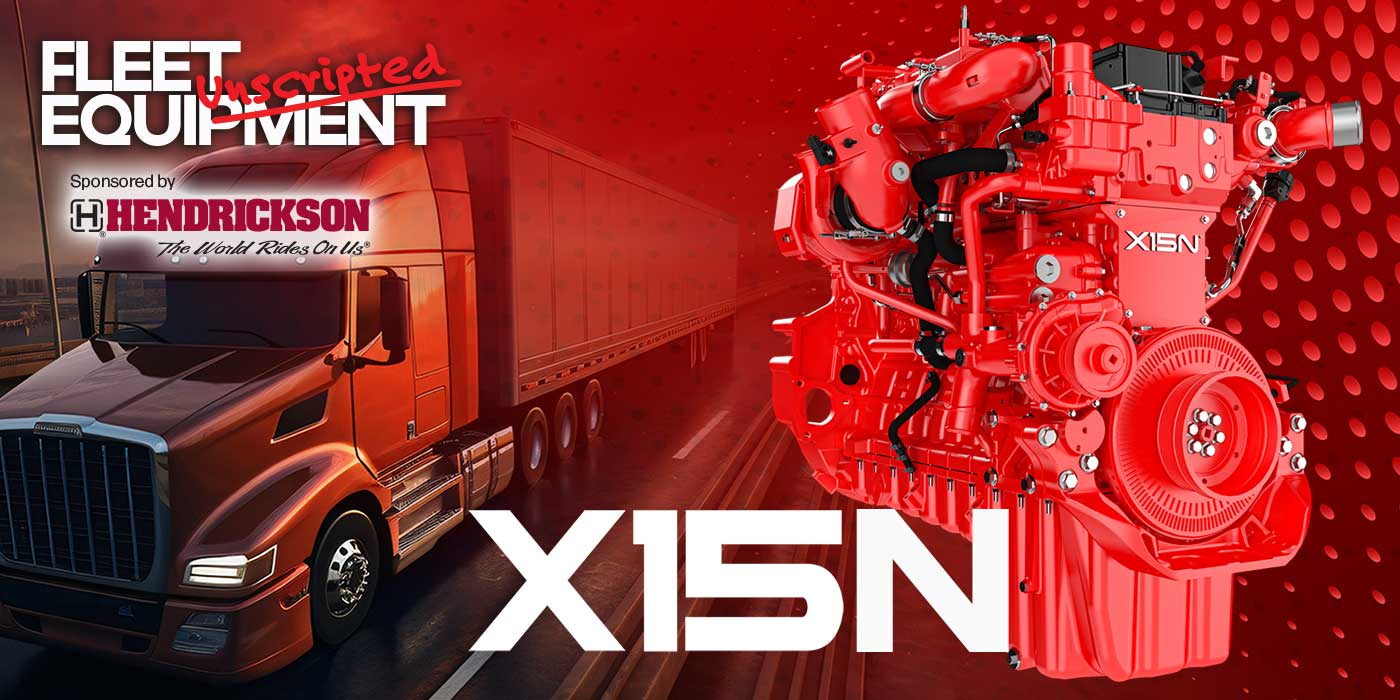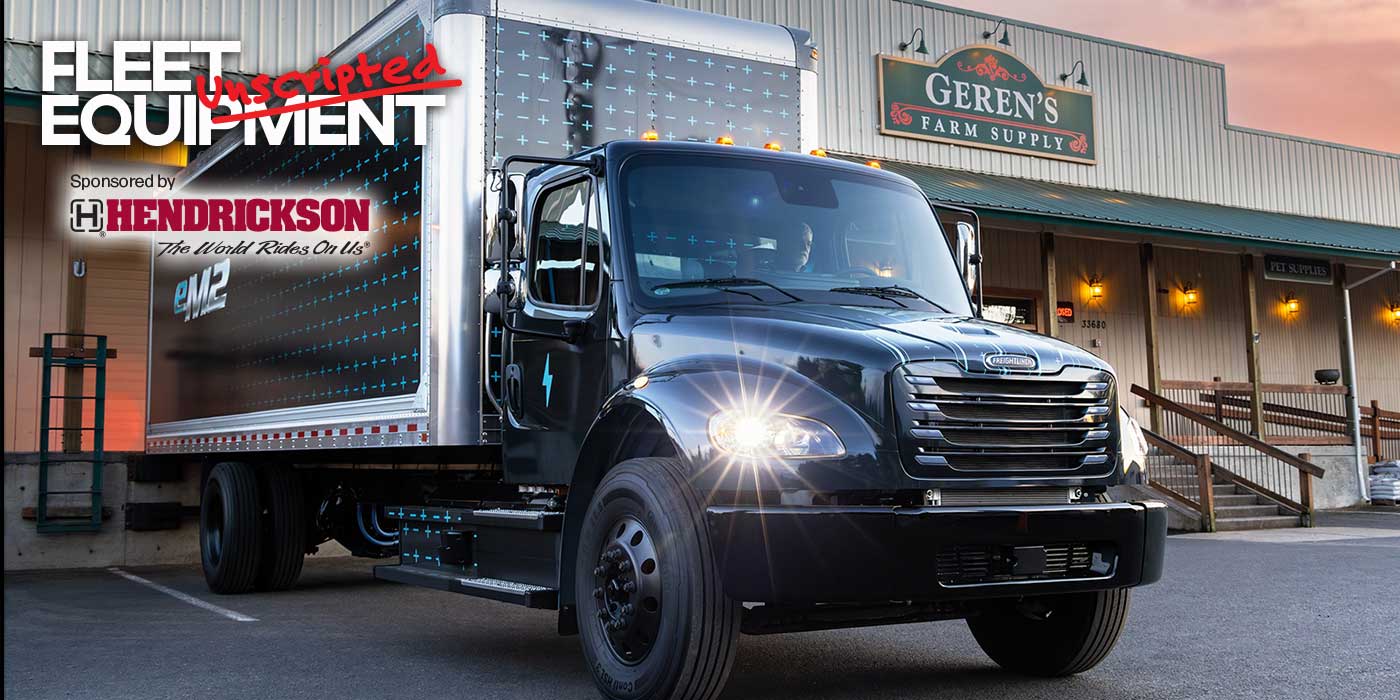I’ll play devil’s advocate to: “If it ain’t broke, don’t fix it”–it might not be broken, but could it be better? Sure, your tried-and-true truck spec has worked for you for years, but the latest trucks have model year generations of refinements built into them. Whenever an OEM unveils a new truck with improved fuel efficiency percentages, the rub is that they’re comparing the brand-new spec to their previous “best spec”. Chances are, as a fleet manager, you’re not replacing the truck you bought last year. You’re replacing a truck that’s five or six years old (if your lifecycles have returned to pre-pandemic normal).
Old spec’ing habits die hard. It can be difficult to shift your mindset to reach toward the promise of increased fuel efficiency and let go of the fear that the spec might not have the power to get the job done. But it’s that mindset that Volvo Trucks is hoping to change, or at least open up, with the new Volvo VNL.
“We want to give spec’ing recommendations to the marketplace because one thing that a lot of people don’t consider is the change of the aerodynamics of a truck,” said Johan Agebrand, director of product marketing, Volvo Trucks North America, standing in the Volvo Trucks booth at this year’s TMC. “The all-new Volvo VNL offers up to a 10% fuel economy improvement–7% comes from the aerodynamics alone. In layman’s terms, that means we need 7% less horsepower. If you’re running today on flat terrain and you need 300 HP to keep your speed, then with the all new VNL you need 270 or 280 HP to do the same job. That provides new downspeeding options.”
TMC was also the first time that we got to kick the tires on a production series Volvo VNL–and this one was tricked out with a bevy of cameras pinned to the side, the rear and even right behind the fifth wheel for visibility that’s integrated into the in-cab displays. Check out the video above for a closer look at the all new VNL.
No script? No plan? No problem. Welcome to Fleet Equipment Unscripted—the video interview series that connects you with the greatest minds in the heavy-duty trucking world. Fleet Equipment Unscripted is sponsored by Hendrickson.






